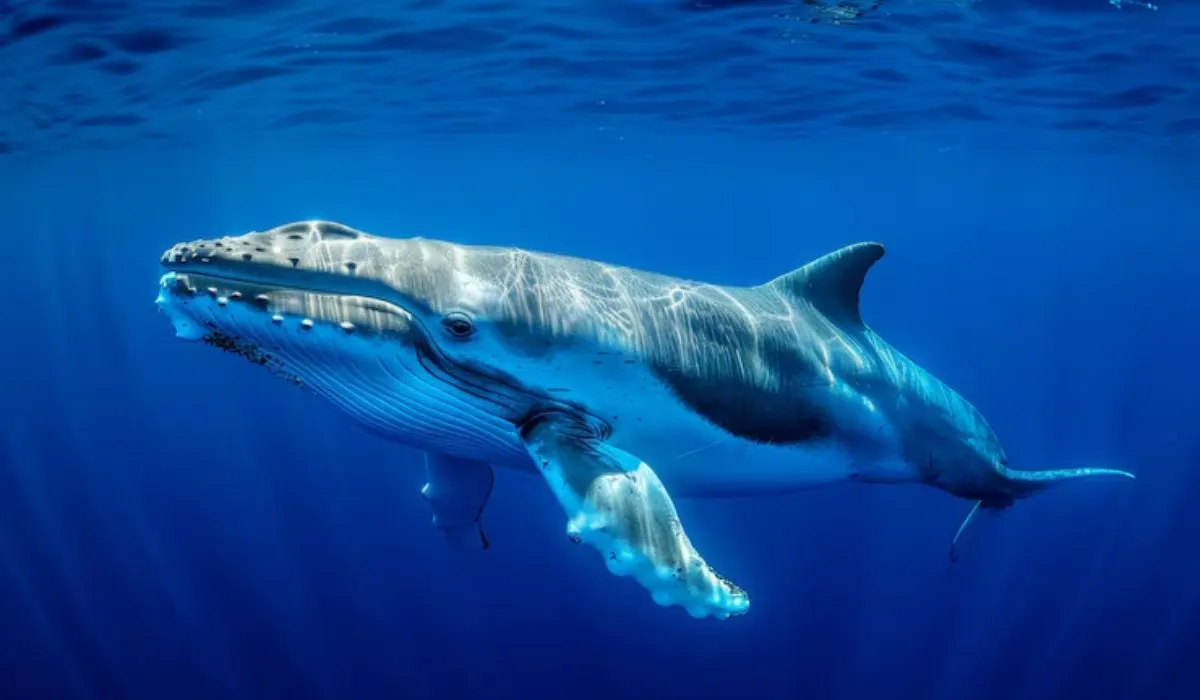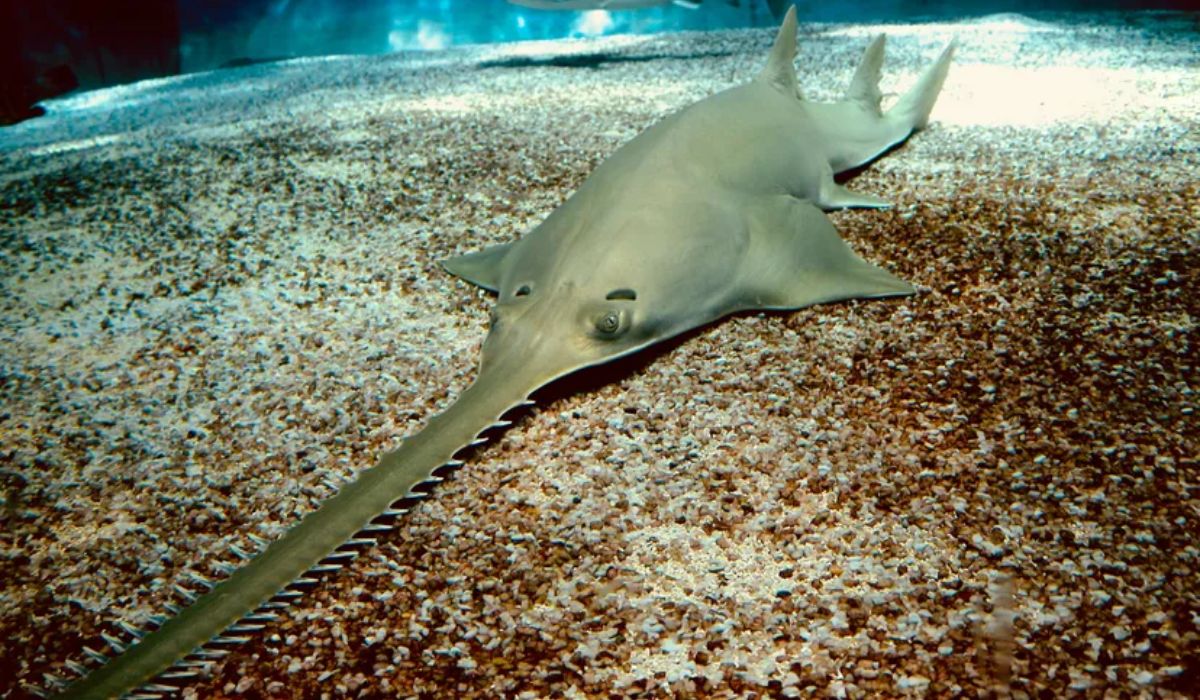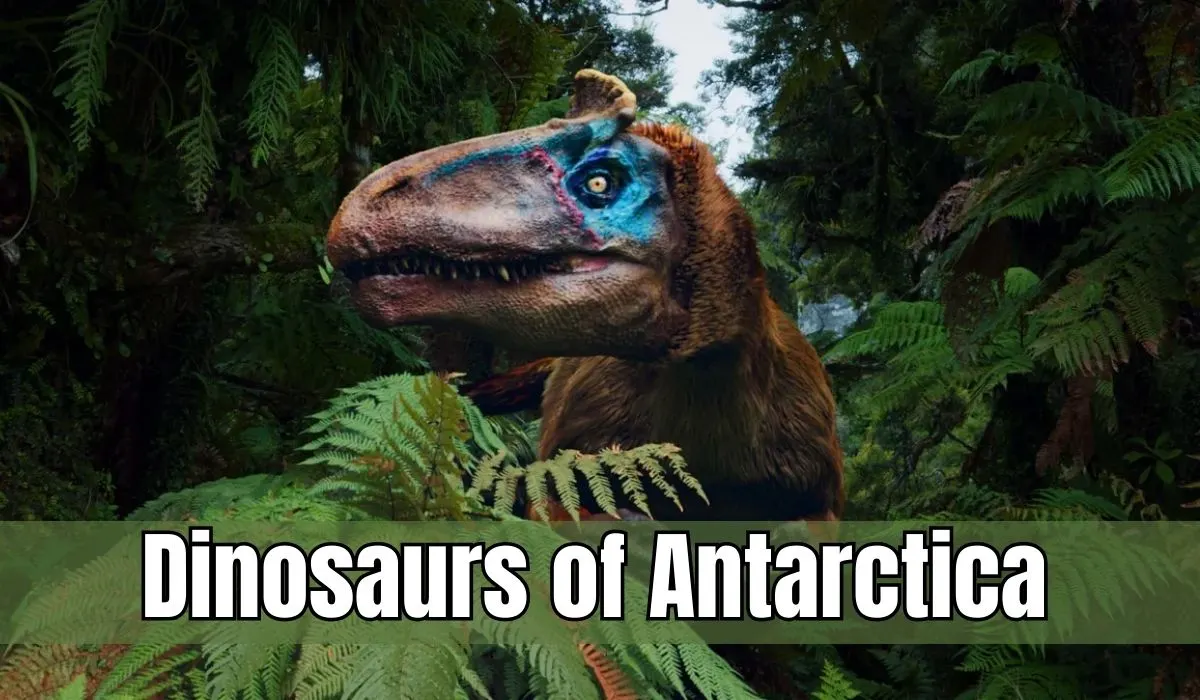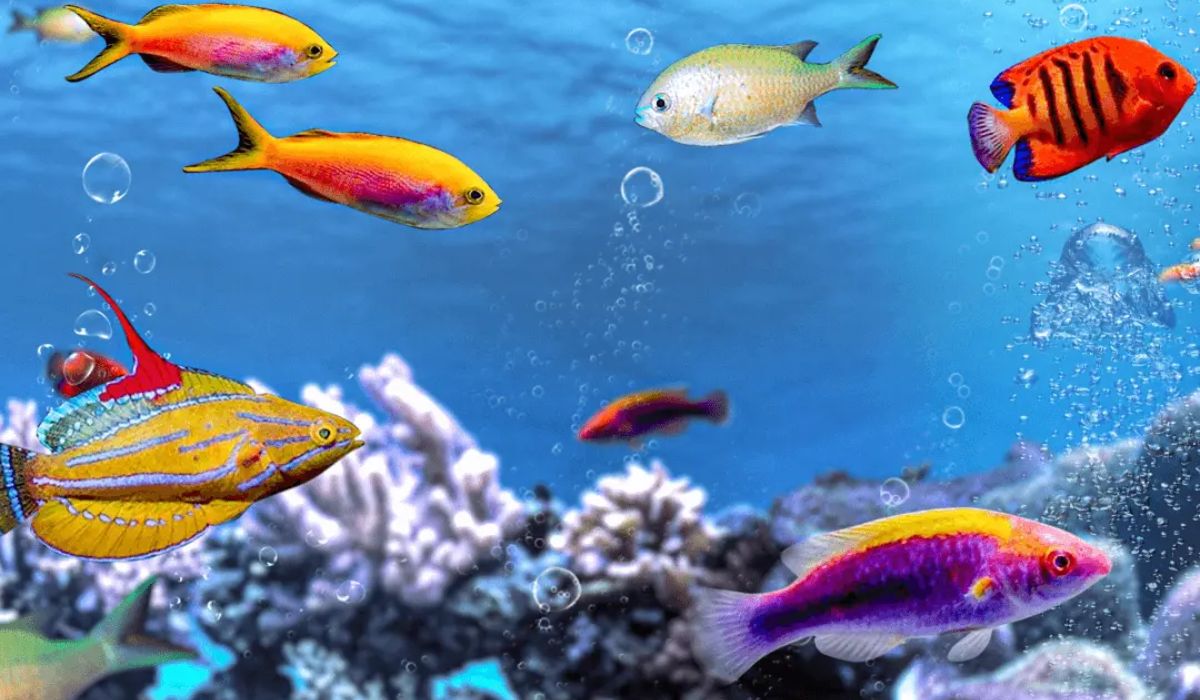The huge expansion of our oceans bothers some of the most magnificent creatures on Earth many of which also dwarf our sea ships. These colossal ocean inhabitants remind us of our relatives littleness in the surprising scale of nature and the amazing plot of the normal world.
From the ancient Levithans who have looked deeply for modern veterans who continue to make scientists mysterious showing remarkable adaptation to life in the greatest residents of the ocean. This article examines fourteen extraordinary ocean creatures that exceed boats in size reveal the attractive insight about their biology behavior and challenges faced by them in today's changing maritime environment.
The Blue Whale Earth's Largest Creature
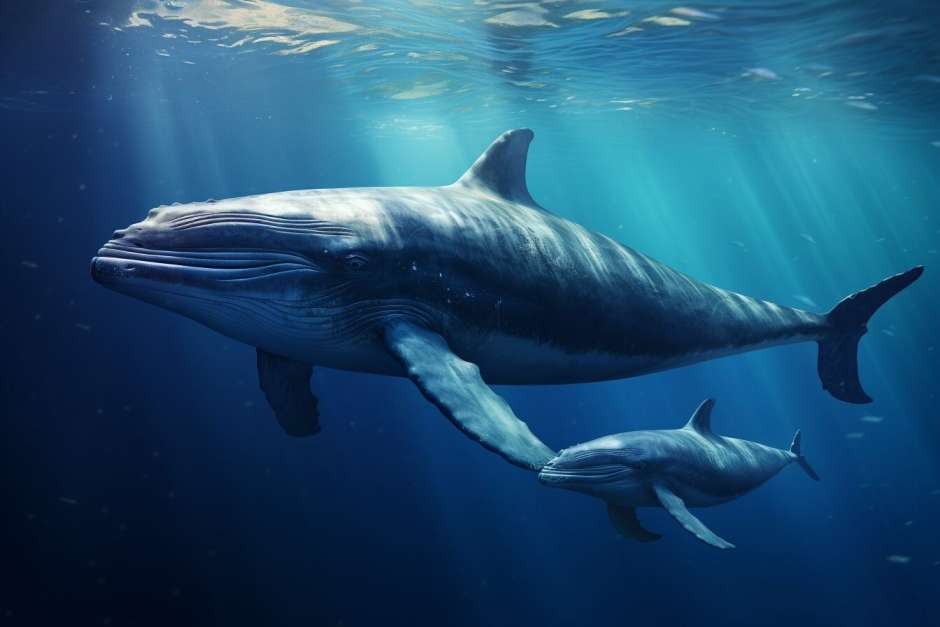
The Blue Whale (Balanoptera Musculus) stands unquestionably as the largest animal on the Earth even crossing the largest dinosaurs. Reaching up to 100 feet (30 meters) length and weight over 200 tons these brilliant mammals easily dwarf many fishing ships and recreational boats. The tongue of a blue whale can weigh more as an elephant alone and its heart is comparable to the shape of a little car.
Regardless of its vast size, the blue whales feed almost especially on the small craill, consuming up to 4 tonnes of these small crustaceans daily during the feeding season. Their size is not only more than small vessels but also medium-sized boats some mature samples grow longer than traditional whale-looking vessels that exclude them. The blue whale population is gradually recovering after being reduced by commercial whaling in the 20th century listed as endangered by the International Union for Conservation of Nature (IUCN).
Fin Whale The Greyhound of the Sea
Often referred to as "Greyhound of the Sea" due to its smooth construction and impressive motion Finn Whale (Balenoptera Physalus) is the second largest animal on Earth after the Blue Whale. These magnificent organisms can grow up to 85 feet (26 m) length and weigh up to 80 tons most of the fishing tralers and more than the size of entertaining boats.
With their particular odd color - the right portion of their jaw is white whereas dark on the cleared out - the blade whales are special between the Balen whale. They can accelerate the speed of 25–30 mph (40–45 km/h) making them all the fastest of cetaceans. The powerful tail of a fin whale can cause large waves for rock boats that are very close.
Deep-Sea Mystery of Colossal Squid
The Colossal Squid (Mesonichotothis Hamiltoni) is one of the most esoteric inhabitants of the ocean with most of its life cycle and behavior is still unknown to science. Found in deep waters of the Antarctic Ocean these giant safelopods can reach an estimated length of 45–50 feet (14–15 m) including their tents leading to longer than many small to medium-sized boats.
The largest scientific scientifically dominated sample weighs about 1,100 pounds (500 kg) although many scientists believe that large individuals are present in unexplained depths. Unlike the huge squad the colossal squid has a more spacious body which consists of small tents which are fasting with sharp kunda hook and animal empire with the largest eyes - up to 11 inches (28 cm) in diameter. These huge eyes allow them to detect unconscious light in the depths of the deepest sea. While their deep-sea residence was rarely encountered by humans, their sheer shape would make them malicious with several research ships that study Antarctic water.
Sperm Whale the Ocean's Deep Diver
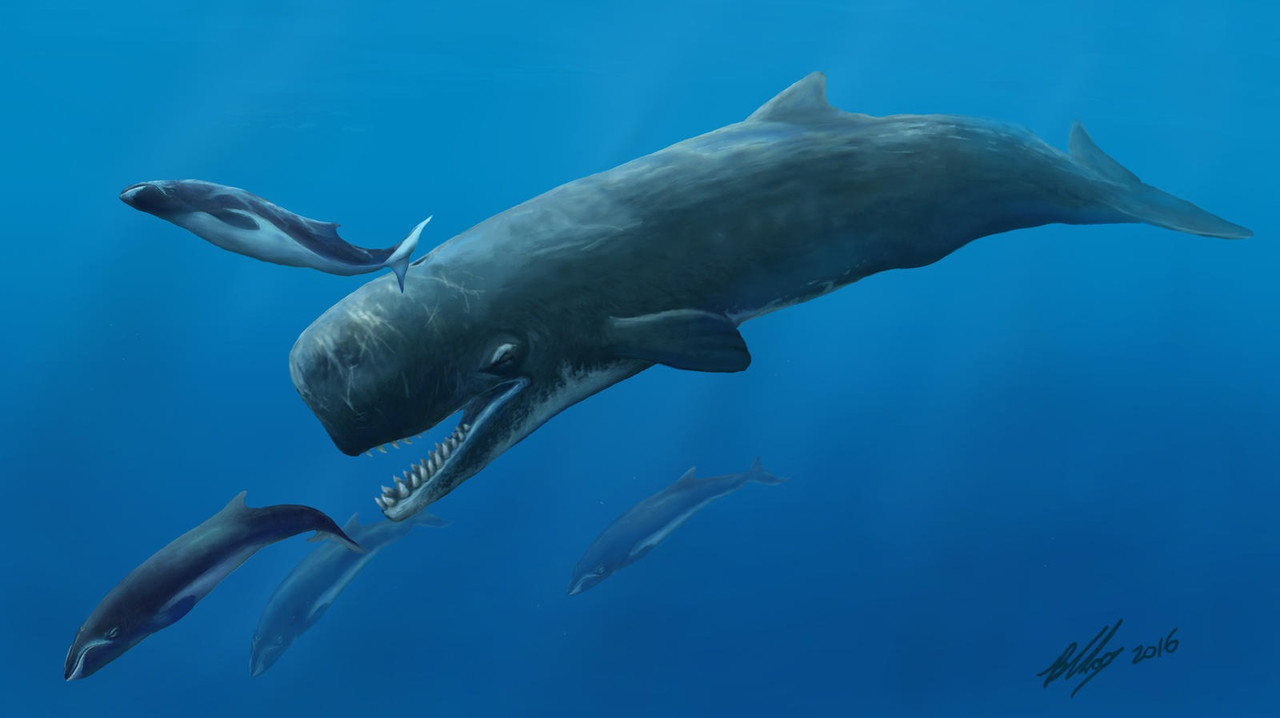
Harman Melville's novel "Mobi Dick," is famous by The Sperm Whale (Physiter Macrocefalas) which is the largest dinner hunter on Earth and one of the most influential deep divers in the ocean. Male can grow up to a length of 60–65 feet (18–20 m) and weigh up to 57 tons easily oversee fishing boats and small boats. Their most distinguished feature is their huge, block -shaped head with the largest brain of any animal on Earth and a special organ called a spermaceti organ.
This unique structure filled with a waxy substance once highly prized by whalers helps regulate the bounce during their remarkable divers. The sperm whales regularly descend to a depth of 3,280 feet (1,000 m) in search of huge squad and can remain submerged for 90 minutes. These intelligent mammals have complex social structures and communication systems which use specific click patterns known as Codas to identify themselves and communicate with POD members.
Regardless of their formidable shape the sperm whale was heavyly targeted by commercial whalers and when hunting is now restricted on a large scale they continue to face dangers from sea pollution fishing gear entangles and ships attacks.
Read more:- Saltwater Fish That Love Reefs – Top Reef-Friendly Species for Aquariums
Whale Shark The Gentle Giant
Despite being a "whale" in its name, the whale shark (rinkodone types) is actually the world's largest fish not a marine mammal. These gentle giants can reach a length of 40–45 feet (12–14 m) and weigh more in the form of 47,000 pounds (21.5 tons) making them longer than many fishing boats and dive ships. With their specific patterns of white spots and stripes on a dark blue background - each person is easily identified like a fingerprint.
Unlike hunter sharks, these large-scale filter feeders mainly consume plankton small fish and fish eggs, not using 300–350 rows of small teeth but as a filtering tool. They swim open with their huge mouth sometimes filtering 5 feet (1.5 m) wide, about 1,500 gallons (5,700 liters) of water per hour.
Whale sharks are highly migrant traveling thousands of miles in the ocean valleys after Plankton Blooms. Despite their impressive size and longevity-they can live 70–100 years-when sharks face significant conservation challenges and are classified as endangered by IUCN, mainly due to fishing pressure, vessel attacks and housing declines.

